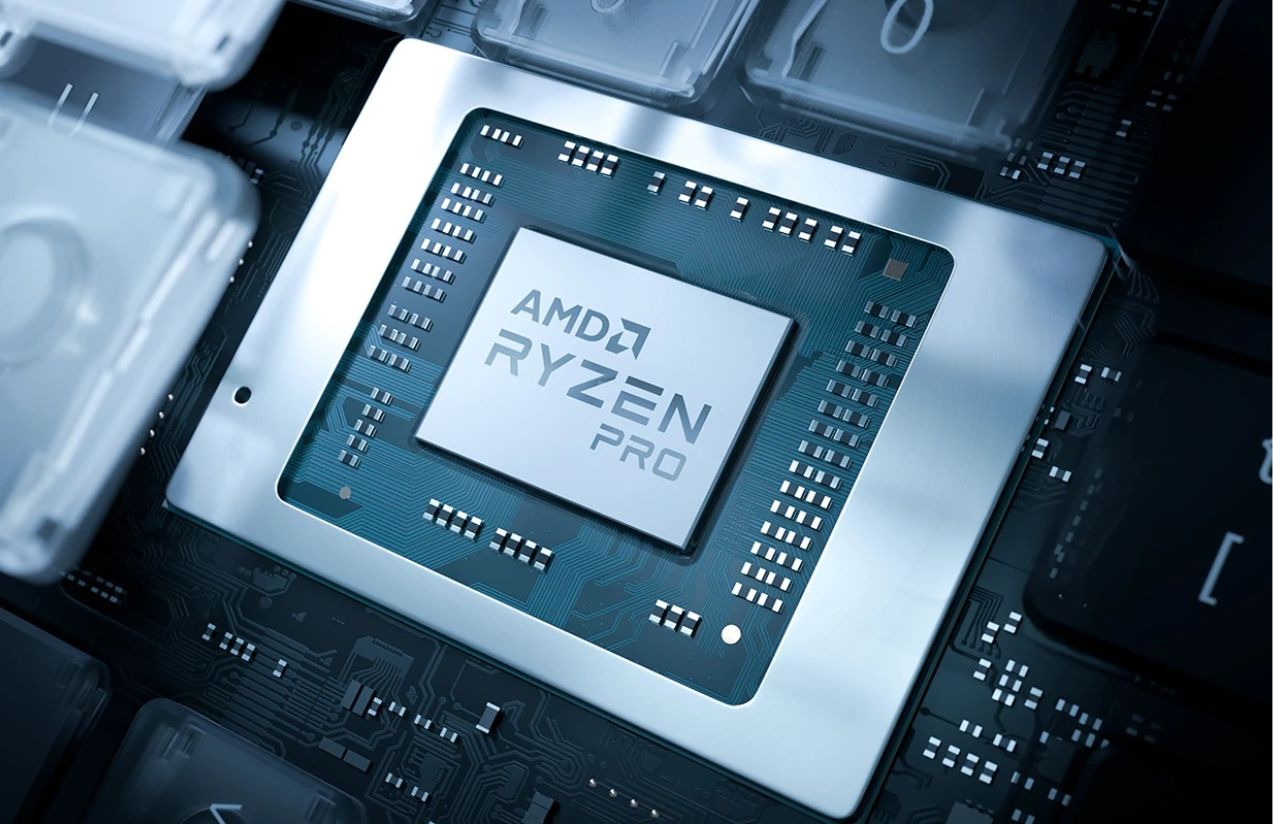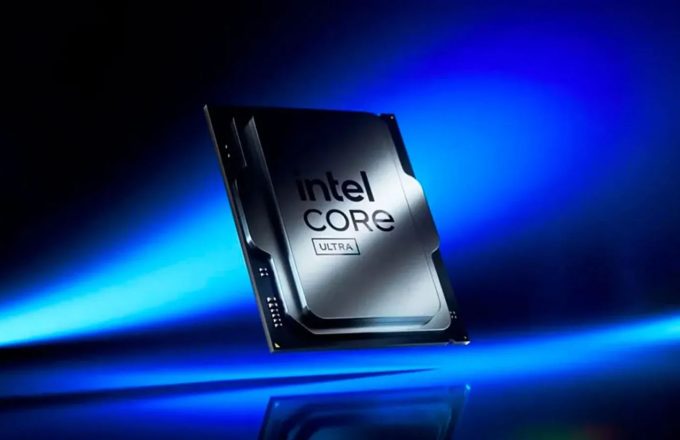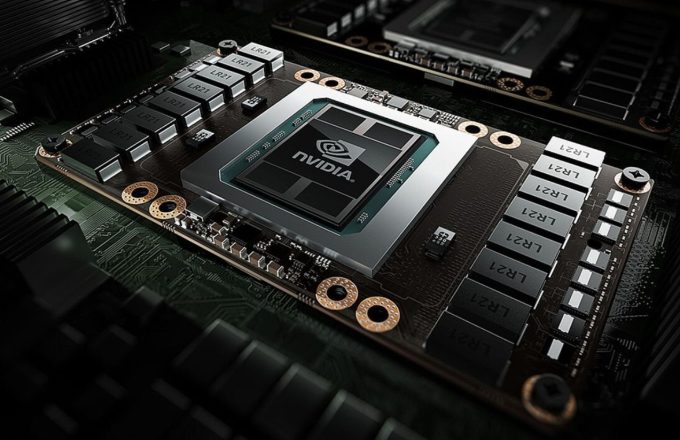For years, AMD has pursued the goal of reaching as many users as possible. This strategy has led the company to diversify its portfolio with processors and graphics cards across a wide range of tiers and uses. Now, AMD is taking a new step with the development of its “Sound Wave” APUs—an ARM-based solution that signals a significant shift in its technological roadmap.
For decades, personal computer processors have been dominated by the x86 architecture. However, the arrival of ARM-based CPUs from Qualcomm has changed the landscape. Companies like NVIDIA—and now AMD—have begun exploring this architecture to expand their market presence. In AMD’s case, the company, led by Lisa Su, is reportedly already working with a major potential client.
Recent rumors suggest that AMD is developing new ARM-based mobile processors aimed at boosting both performance and energy efficiency in laptops. The company already has a strong foothold in this segment thanks to the success of its APUs in gaming-focused devices, where its integrated graphics have shown impressive performance.
The shift toward ARM aims to offer a more energy-efficient alternative to traditional x86-based laptops. And AMD’s plans appear to be moving quickly: unconfirmed reports suggest these new APUs could debut in 2025 and be featured in Microsoft’s Surface laptop lineup by 2026.
AMD’s interest in the mobile market isn’t new. Its Strix Halo line, designed specifically for this segment, has gained recognition for its powerful iGPUs. The upcoming ARM-based APUs are expected to follow a similar path, built using TSMC’s 3-nanometer process and equipped with integrated graphics based on the RDNA 3.5 architecture—similar to the chips NVIDIA is reportedly working on.
If everything stays on track, it wouldn’t be surprising to see AMD officially unveil the new platform at CES in January 2026, aligning with Microsoft’s potential launch of its new Surface lineup. A move that could mark a turning point in the growing competition within the ARM ecosystem for PCs.




















